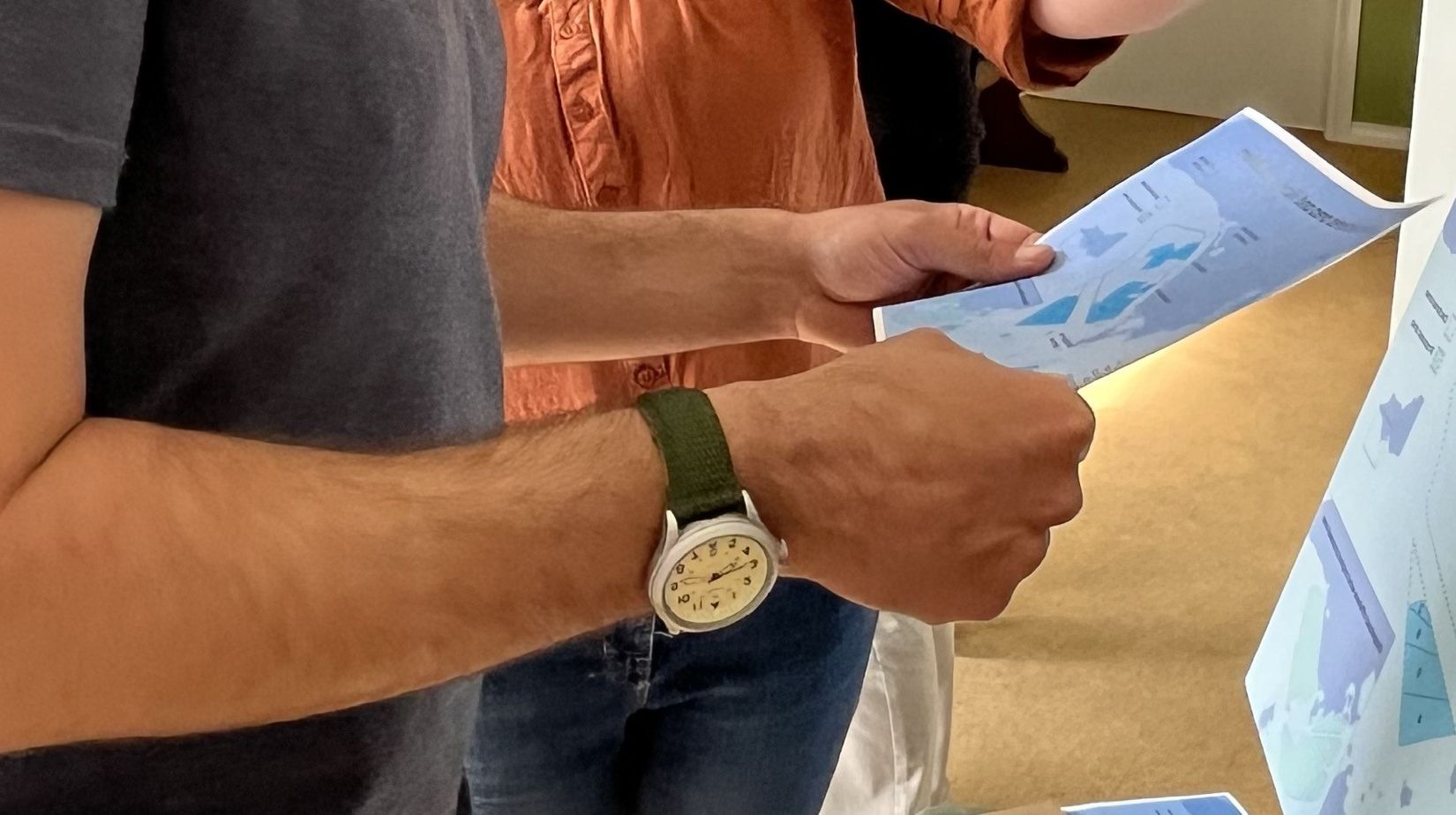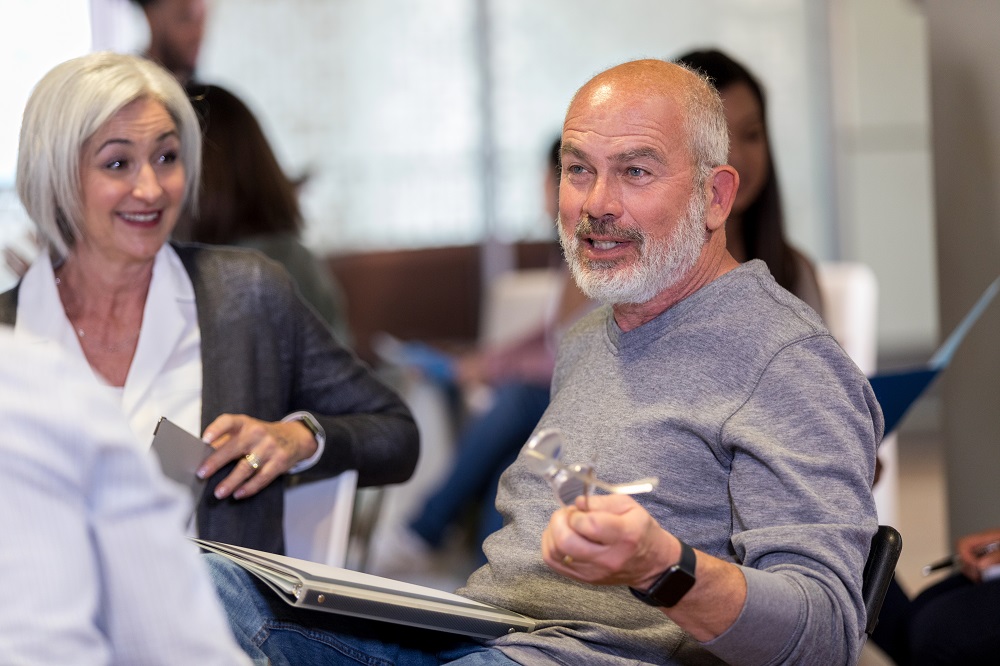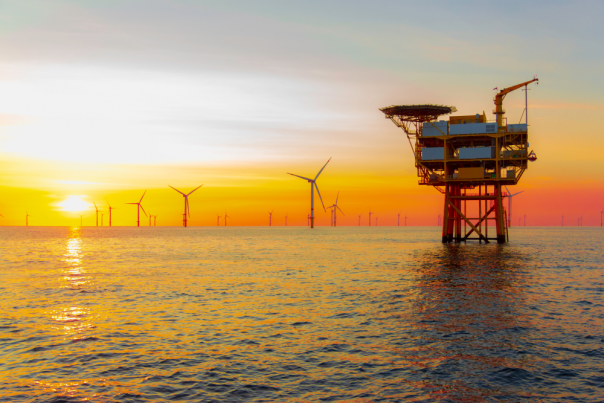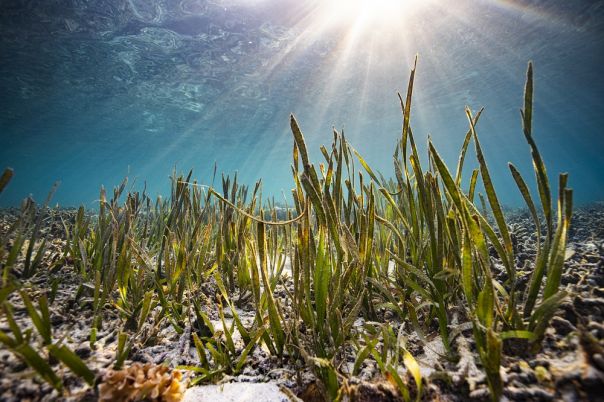Offshore Wind Energy Victoria (OWEV)
OWEV is coordinating the development of Victoria's offshore wind sector, guiding industry and communities toward an offshore wind energy future and supporting Traditional Owners' aspirations in this process.
More about OWEV
In this section







